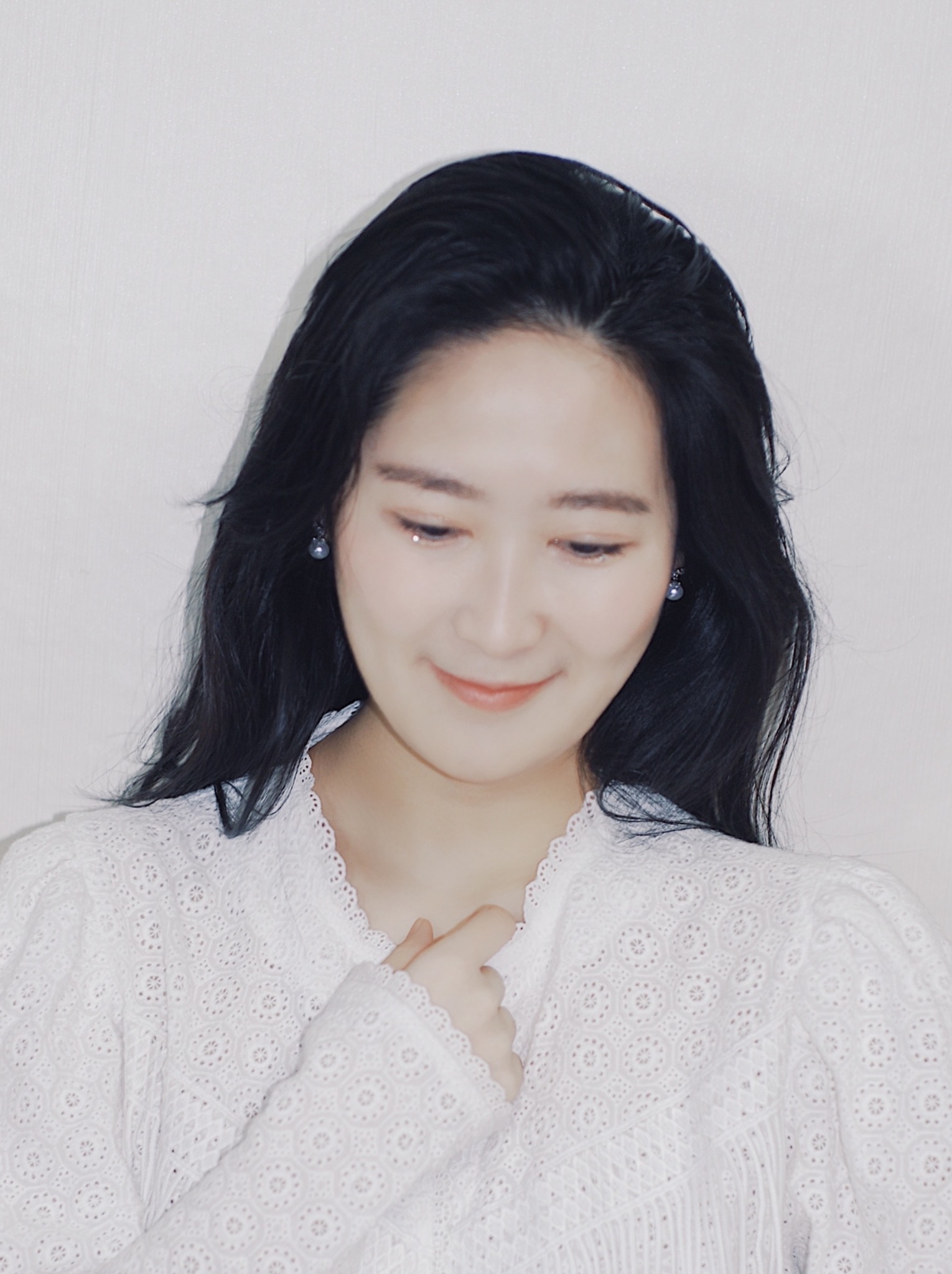We’re excited to introduce you to the always interesting and insightful Lia Hur. We hope you’ll enjoy our conversation with Lia below.
Hi Lia, thanks for joining us today. We’d love to hear the story of how you went from this being just an idea to making it into something real.
While researching how much waste heat is produced by data centers every day, I was surprised to learn that most of that energy simply goes to waste.
I began asking myself, “What if we could redirect this energy back into the built environment?”
That question became the starting point for my graduate thesis project, “Waste Heat–Powered Sustainability Headquarters.”
The ultimate goal of the project was to reduce carbon emissions from data server rooms and increase overall energy efficiency.
To achieve this, the design aimed for zero energy consumption and reused renewable heat from servers to create a local energy loop that could also benefit nearby communities.
It wasn’t just about saving energy , it was about creating a symbiotic collaboration between data-driven industries and sustainability teams, where waste heat could support urban farming and provide fresh produce for underserved areas.
At the same time, the project explored how changing work patterns after the pandemic influence what we consider an ideal workplace experience.
Some employees wanted to return to the office, others preferred remote work, and many hoped to find balance between the two.
By studying these diverse responses, the project identified what makes a flexible and efficient workspace , one that adapts to people’s evolving needs rather than forcing them into a single model.
The research offered insights that can help organizations design environments where people truly feel supported and connected.
At its core, the project asked:
“How can we address the constant challenge of cooling systems in data server rooms, while also using that heat to create new opportunities and a healthier, more inspiring workplace experience?”
The most challenging part of the process was translating a technical concept into a human-centered design language , one that people could emotionally and physically experience.
I focused on storytelling through space, light, and rhythm to express what it might feel like to live and work in a place powered by recycled energy.
After months of research and refinement, the final outcome balanced environmental performance with human comfort.
The project received international recognition at the 2025 BLT Built Design Awards (New Concept Design category),
and to me, it represented more than just a personal milestone, it reaffirmed that sustainability and aesthetics can truly coexist.
Through this journey, I’ve learned that meaningful design always begins with a single question, and through execution, that question can grow into real social impact.
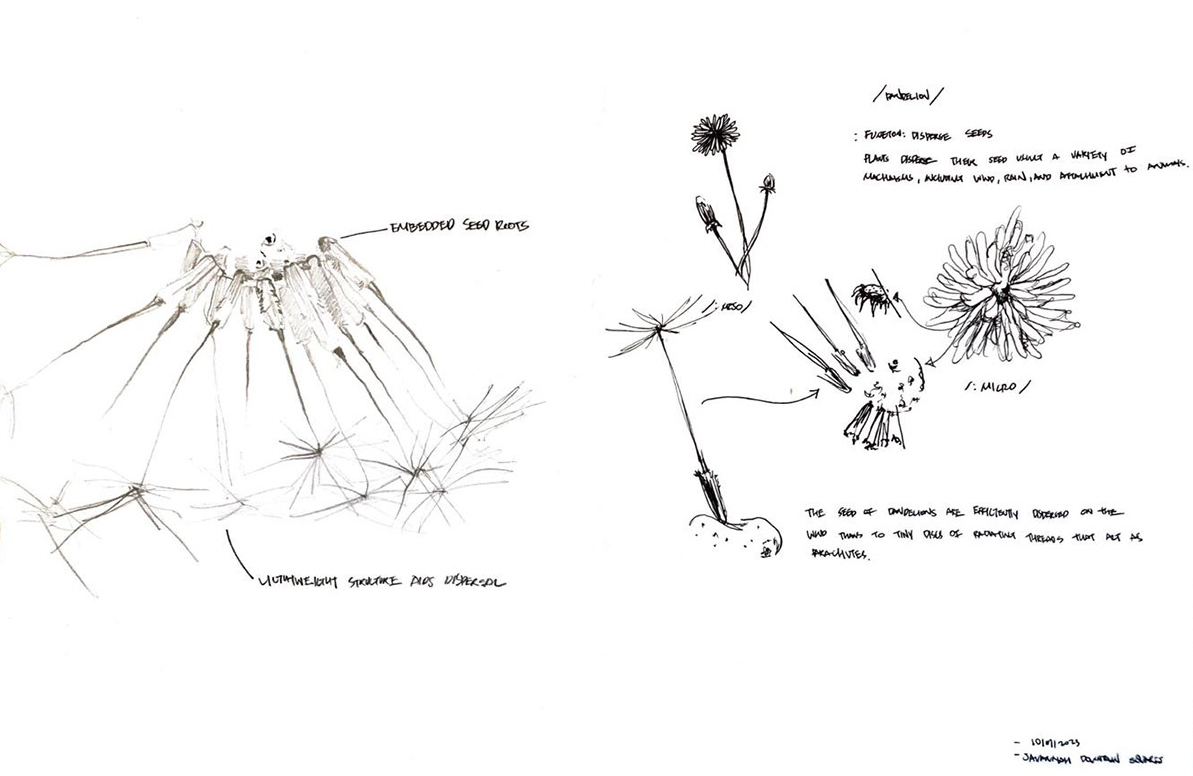
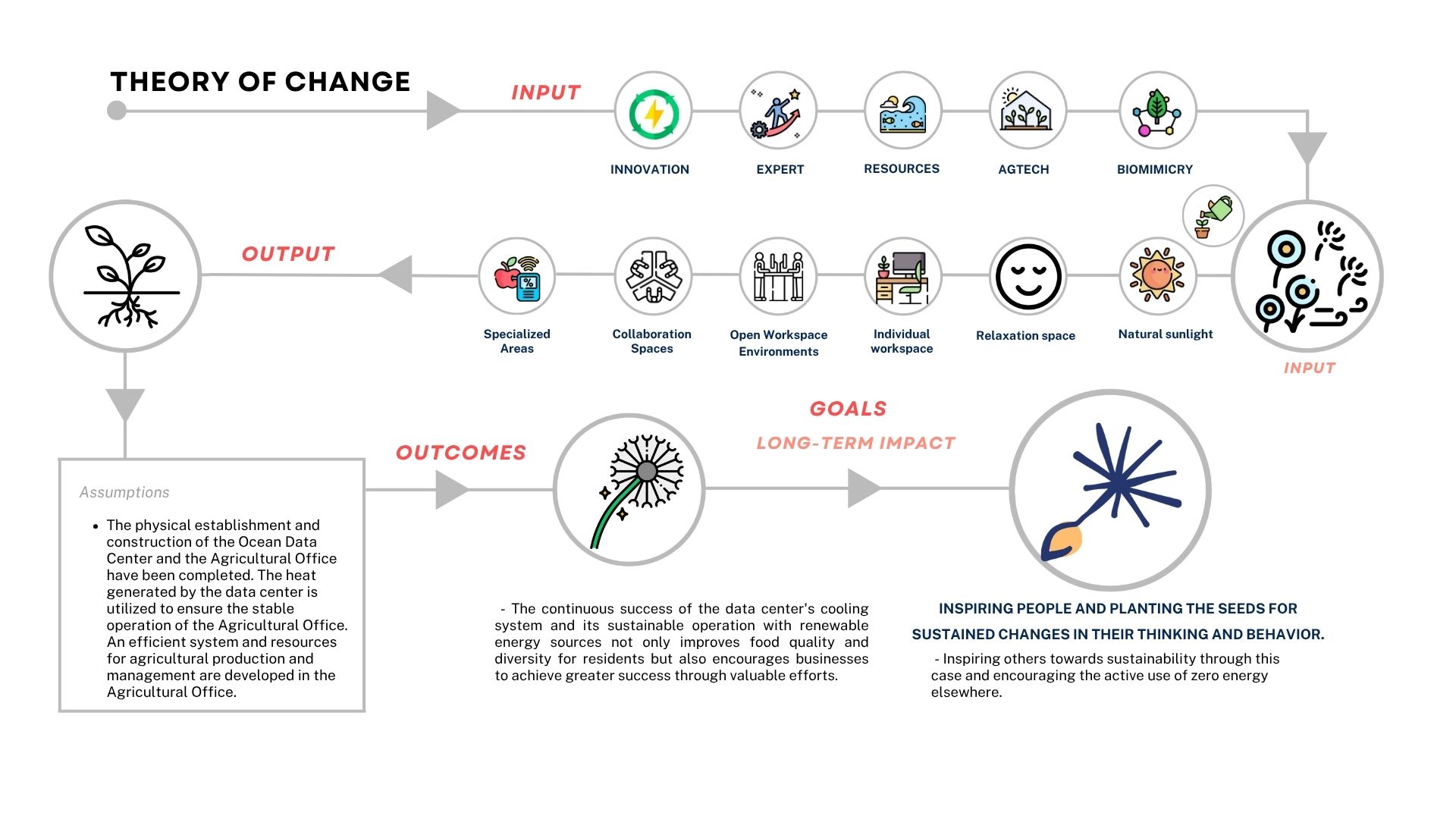
What do you think is the goal or mission that drives your creative journey?
My creative journey is guided by a belief in the quiet power of space — how the places we inhabit can shape our emotions, behaviors, and memories. Interior design, to me, isn’t just about aesthetics; it’s about designing the backdrop for people’s lives. Every floor we step on, every chair we sit in, and every surface we touch becomes part of someone’s experience.
I’m less interested in pursuing grand ideals and more inspired by the small, human moments that happen within the spaces I design. What fulfills me most is seeing people create their own stories in those spaces , moments of connection, discovery, and joy.
Last year, I led the design for a Red Bull dance competition, and it was one of the most meaningful experiences I’ve had. Watching the dancers move, connect, and fully immerse themselves in the environment reminded me why I love what I do. It wasn’t just about the visual design , it was about energy, rhythm, and creating a space that allowed people to express themselves freely.
Moments like that reaffirm my mission: to create spaces that quietly empower people to feel something real, to dream, and to build lasting memories. For me, that’s the true purpose and beauty of design.



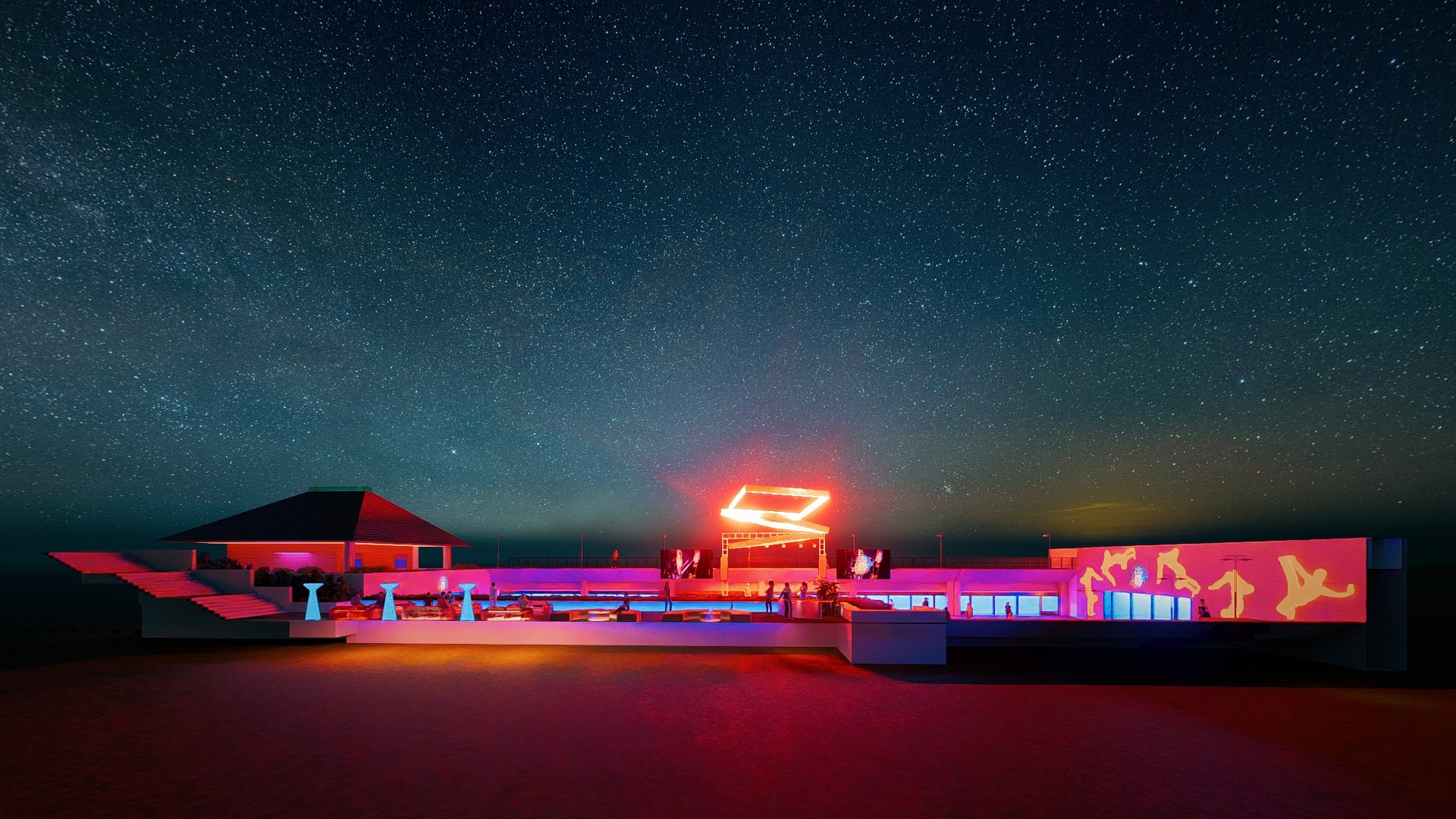
What do you find most rewarding about being a creative?
There have been many rewarding moments in my creative journey from seeing one of my early design proposals selected during an internship to leading large-scale projects like the Red Bull dance competition. But what has moved me the most recently has been my experience as an educator.
Last semester, a few of my students from the Interior Design History course emailed me at the end of the term. They told me how much they had learned, how enjoyable the class was, and how grateful they were for the discussions and insights we shared together. Some even mentioned that the class made them see design history in a completely new way.
It was my first time teaching at a college, so I had my share of worries. I just wanted to help students see beyond the textbook , to understand how historical ideas connect to what we build and design today. I realized that sometimes students don’t need someone to give them all the answers; they just need a small bit of direction to discover things for themselves. Being that guide, even for a moment, was incredibly meaningful.
Ironically, I wasn’t particularly fond of history courses when I was a student myself. But during my time in Hong Kong, I met a professor whose passion completely changed the way I viewed architectural history. It was a challenge, but it became one of the most transformative learning experiences of my life. Now, being able to pass on that same inspiration to my own students feels like things have come full circle like a beautiful cycle of learning continuing through each generation. That, to me, is the most rewarding part of being both a designer and an educator.

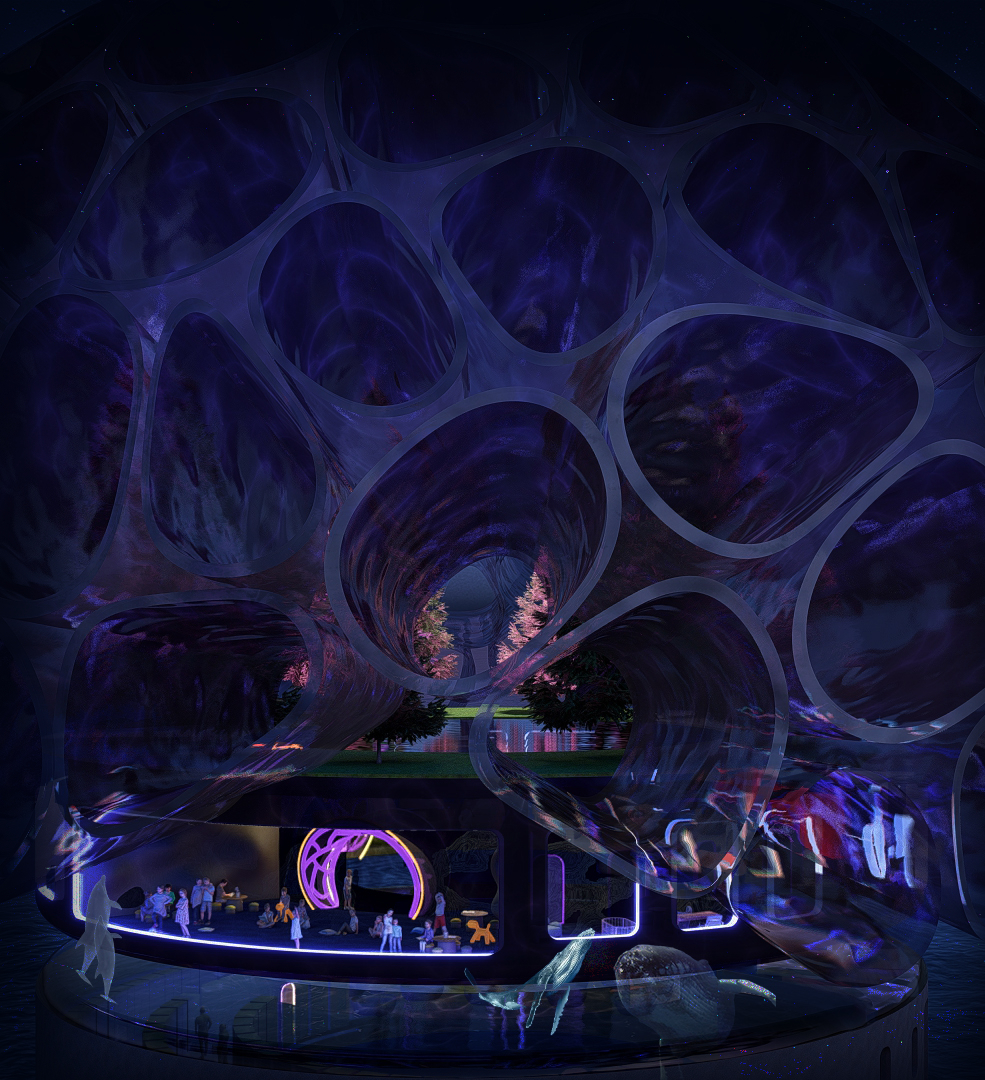

Image Credits
Photo by Lia Hur


